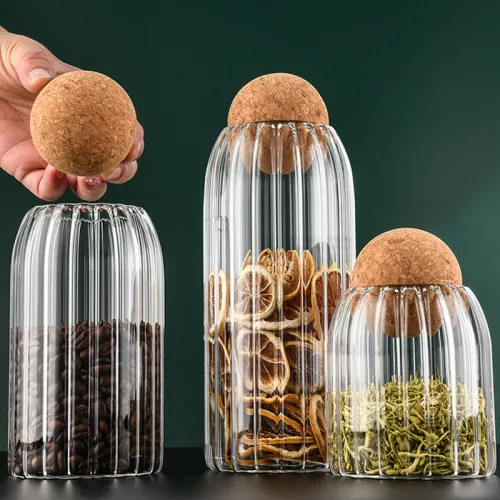 TEL: +86 311 67799298
TEL: +86 311 67799298 Email: tina@yintoglassware.com
Email: tina@yintoglassware.com
are glass food containers better than plastic
Are Glass Food Containers Better Than Plastic?
In recent years, the debate between glass and plastic food containers has gained traction, particularly as consumers become more aware of environmental issues and health considerations. Many people are looking for sustainable and safe options for food storage. This article explores the advantages and disadvantages of glass and plastic food containers, ultimately assessing whether glass holds the upper hand.
The Health Factor
One of the main reasons people are shifting towards glass food containers is health-related concerns. Plastic containers often contain harmful chemicals, such as bisphenol A (BPA) and phthalates, which can leach into food and beverages, especially when exposed to high temperatures. This has raised alarm bells regarding potential health risks such as hormonal disruptions and increased cancer risk.
On the contrary, glass is non-toxic and does not contain any harmful chemicals. It is an inert material, meaning it won't react with food or beverages. When using glass containers, consumers do not have to worry about harmful substances migrating into their food. This is particularly important for those storing acidic foods, such as tomato sauce, which can trigger chemical reactions in inferior quality plastics.
Environmental Impact
The environmental implications of using glass versus plastic cannot be overstated. Plastic pollution has become a global crisis, with millions of tons of plastic waste ending up in oceans and landfills. Unlike plastic, which can take hundreds of years to decompose, glass is recyclable and can be recycled indefinitely without losing quality. However, it is essential to note that glass does require more energy to produce than plastic, which some argue may negate some of its environmental benefits. Nonetheless, the capacity for glass to be recycled repeatedly makes it a more sustainable choice in the long run.
Durability and Longevity
When it comes to durability, glass containers are more resilient than their plastic counterparts. While plastic can scratch, stain, and warp over time, glass remains intact and maintains its clarity after prolonged use. This makes glass food containers an attractive option for long-term food storage. Not only do they last longer, but they can also withstand a broader range of temperatures, making them safe for use in the oven, microwave, and freezer.
are glass food containers better than plastic

That said, glass is heavier and more prone to shattering compared to plastic. This fragility can be a significant drawback for those who are often on the go or families with young children. The potential for breakage may deter some consumers from fully embracing glass as their primary food storage solution.
Aesthetic Appeal
Another consideration is the aesthetic appeal of glass versus plastic. Glass tends to have a more premium appearance and is available in a variety of styles and designs that enhance kitchen decor. This visual appeal can be a significant factor for consumers who wish to present their food beautifully or want containers that look good on display.
Plastic containers, while functional, often lack the aesthetic appeal that glass provides. They may also become discolored over time, detracting from their appearance.
Cost Considerations
When weighing the cost of glass versus plastic, glass containers tend to be more expensive upfront. However, given their longevity and durability, they may prove to be more cost-effective in the long run. Consumers often find that they are replacing plastic containers more frequently, incurring additional costs.
Conclusion
In summary, while both glass and plastic containers have their pros and cons, glass appears to be the superior choice for food storage. Its health benefits, environmental impact, durability, and aesthetic appeal make it a compelling option for today’s health-conscious and environmentally aware consumers. Although glass may be more expensive initially and less portable, its long-term advantages outweigh these drawbacks. For those seeking to enhance their food storage practices while prioritizing health and sustainability, glass food containers stand out as a noteworthy investment.
-
Unparalleled Convenience by High Borosilicate Glass Bottle with a Cork LidNewsJul.17,2025
-
The Versatility and Convenience of Glass Salad Bowl SetsNewsJul.17,2025
-
The Practical Wide Application of High Borosilicate Glass Food Storage ContainerNewsJul.17,2025
-
High Borosilicate Colored Glass Bowl VS Soda-Lime Glass and Tempered GlassNewsJul.17,2025
-
Creativity with Customized Colored Glass Dinnerware Sets for SaleNewsJul.17,2025
-
Advantages Analysis of Double Wall French PressNewsJul.17,2025









